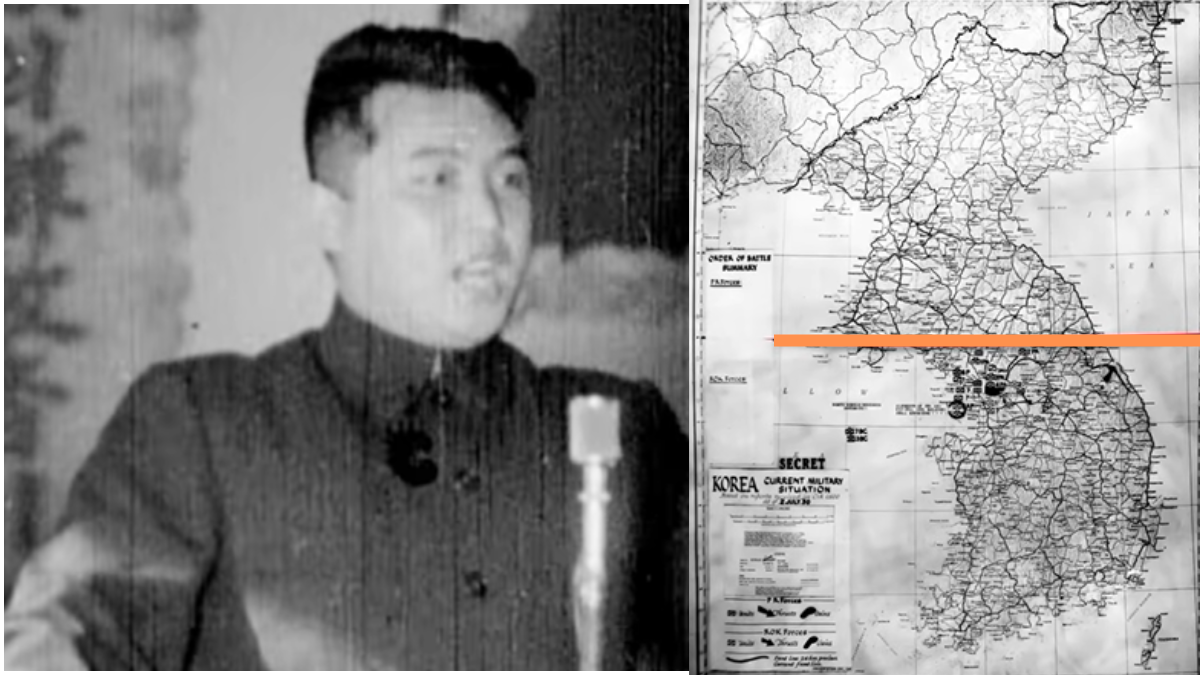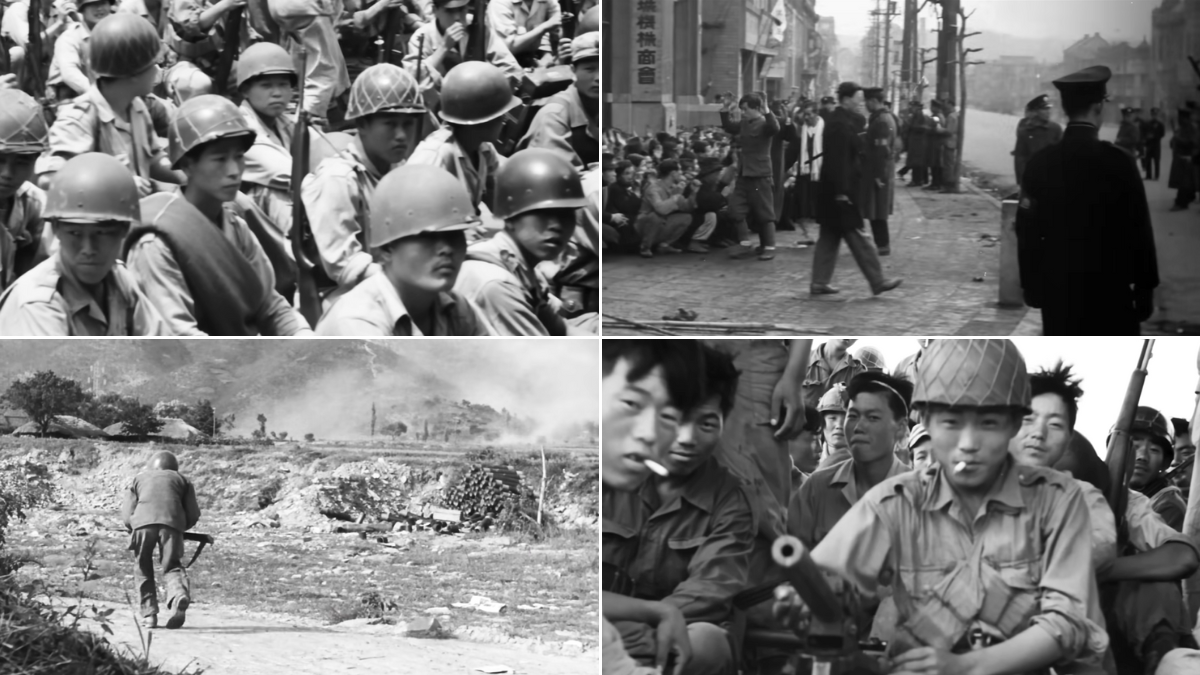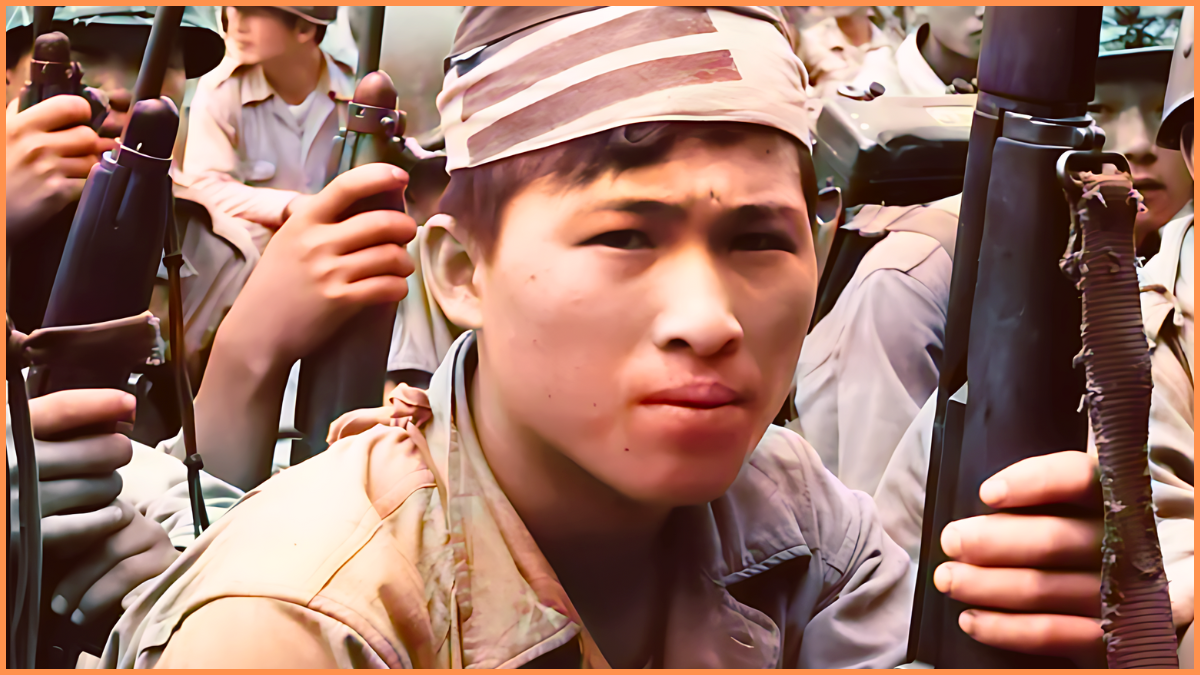There weren’t always two Koreas. This division was only established in the 20th century and it’s important to remember that, without a harrowing past of suffering under colonialism, Korea may have never been split into two nations at war.
Yes, the Koreas are technically still at war. The Korean War did not end with a peace treaty but an armistice, which oversaw the creation of a demilitarized zone at the border. Hence why, tensions are still incredibly high between the two countries. To the point that, some national disasters, like the Seongsu Bridge collapse, were preemptively suspected by the news media to be North Korea’s attack on the South, reigniting a war. But, thankfully, that was not the case.
That is not to say the violence between the two Koreas ended with the armistice. There have been some military clashes throughout the decades but never a full-blown war in which foreign military came to each side’s aid. That happened between 1950 and 1953, but for multiple reasons, in the West, especially in the US, the Korean War is known as the Forgotten War.
Prior to the War: Historical Contextualization

The Japanese rule of Korea was a grim time for the colonized country, with the invaders attempting to squelch the country’s cultural identity and replace it with their own. Colonization lasted for many decades, from the early 20th century to 1945, ending with the defeat of the Japanese during the Second World War.
As Jeremy P. Maxwell wrote (2019):
“While Japanese control did benefit Korea in terms of industrialization and modernization, the Korean people suffered, especially in wartime mobilization for World War II. They were forced to work in Japanese factories and were sent as soldiers to the front. Tens of thousands of young Korean women were forced to become ‘Comfort Women’, effectively sexual slaves for Japanese soldiers. The Japanese also pressured Koreans to change their names to Japanese ones […]”
After World War II, Korea was divided into two along the 38th parallel, with the Soviets occupying the North, and the United States occupying the South. In 1948 two separate states were officialized: the Kim Il-sung-led Democratic People’s Republic of Korea, and the Syngman Rhee-led Republic of Korea. What was supposed to be a temporary arrangement lasted until war seemed inevitable.
While the U.S. launching of the atomic bombs guaranteed Japan’s hastened surrender, it would lead to what we know as the Cold War, which had its early start and severe implications for the Korean War. Even though Stalin was not particularly invested in what happened to Korea, he nevertheless agreed to furnish the North with military equipment so they could properly rage an invasion upon the South in 1950. The USSR may have been cautious but China was not. It would be Mao Zedong who would be providing North Korea with the most support during the war.
The “Forgotten War” of 1950-1953

On June 25, 1950, seven elite divisions of the Democratic People’s Republic of Korea launched a surprise attack upon the South, with the ultimate aim of reunifying the country under communist rule. The first few weeks of invasion saw astounding success which later resulted in the occupation of the South’s capital, Seoul, and by August 1 “United Nations and ROK forces comprising 92,000 troops had created a defensive perimeter around the key port of Pusan.” (Maxwell 2019)
One of the reasons why this is known as the “forgotten war” is that, not only did it get stuck between two Wars that gained far more public attention, WW2 and the Vietnam War, but the Korean War was also a war no one really wanted. As David Halberstam wrote (2007):
“To call it an unwanted war on the part of the United States would be a vast understatement. Even the president who had ordered American troops into battle had not deigned to call it a war. From the start, Harry Truman had been careful to downplay the nature of the conflict because he was intent on limiting any sense of growing confrontation with the Soviet Union.”
In addition, the Korean War was overshadowed by the broader Cold War context and the other geopolitical conflicts of interest that were happening around it. There are also not nearly as many Korean War films and other media as there are of the two aforementioned wars.
A UN counteroffensive came later in the Summer of 1950, led by General Douglas McArthur, who “did not believe in the concept of limited war,” (Hastings 1987) and would later get himself expelled from his post for wanting to escalate the war against China to atomic bomb proportions.
From 1951 onwards it was mainly a war of attrition prolonged by botched peace talks, with the communist side refusing to concede, particularly when it came to prisoners of war. China and North Korea wanted all their prisoners of war, even those who no longer wanted to go back to China. The communists also demanded the return of the 38th parallel, which they would eventually agree to drop.
Peace talks had begun in July 1951 and only came to an armistice in July 1953. In the meantime, the country continued to be ravaged and people continued to die.
The civilian casualties outweighed that of soldiers. Did anyone win at the end of the day? That depends on how you define “winning”. If you think that the South Korean and UN forces won by repelling the communist forces back to the North and that South Korea was not subsequently subjected to the rule of a dictatorship till today, then perhaps your definition of winning applies here. Otherwise, it was a massive loss for all sides, with innocent civilians paying the highest price, as it too often happens.
So, when we talk about a “forgotten war,” it wholly depends on whose perspective one is adopting.

